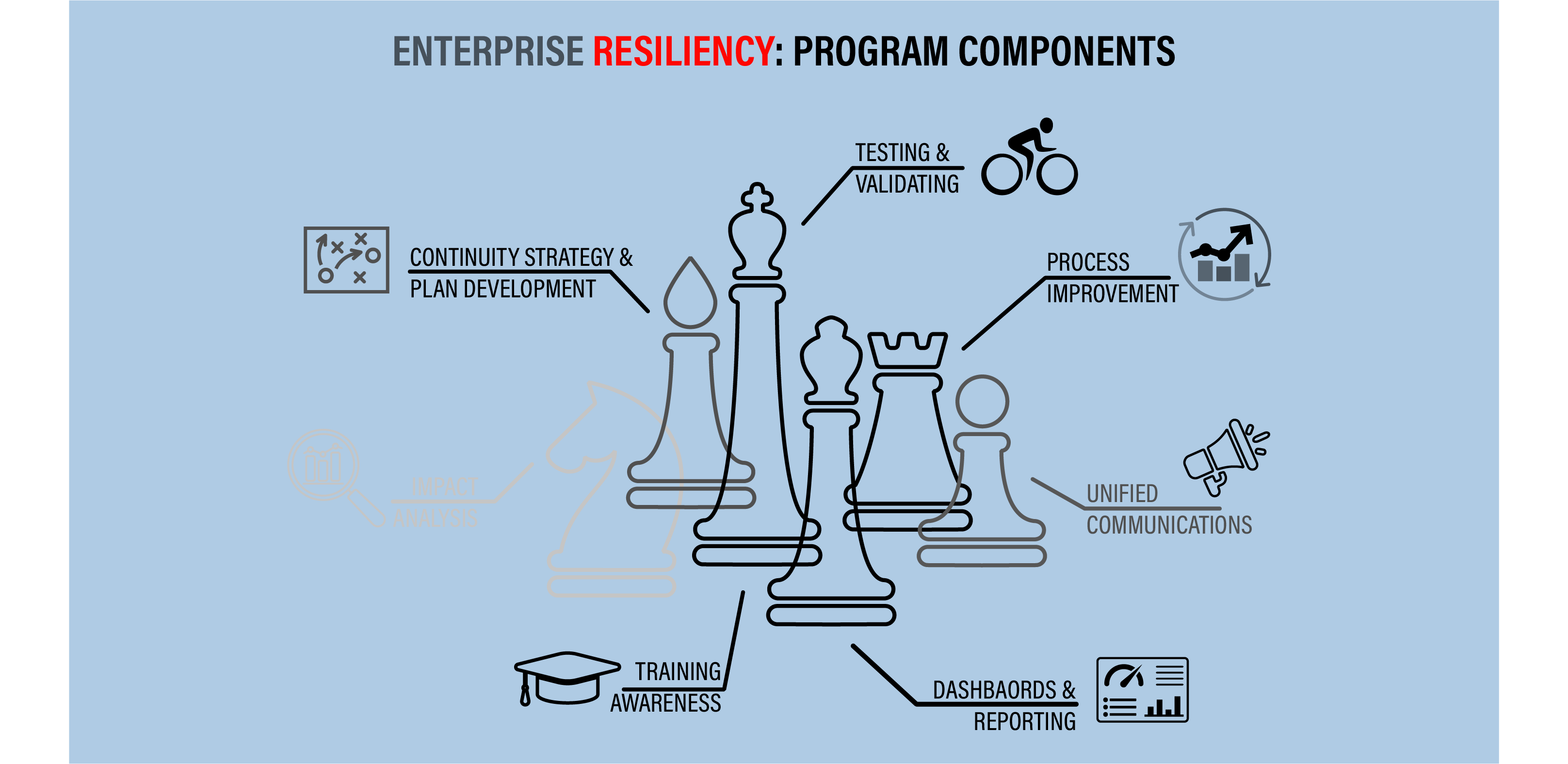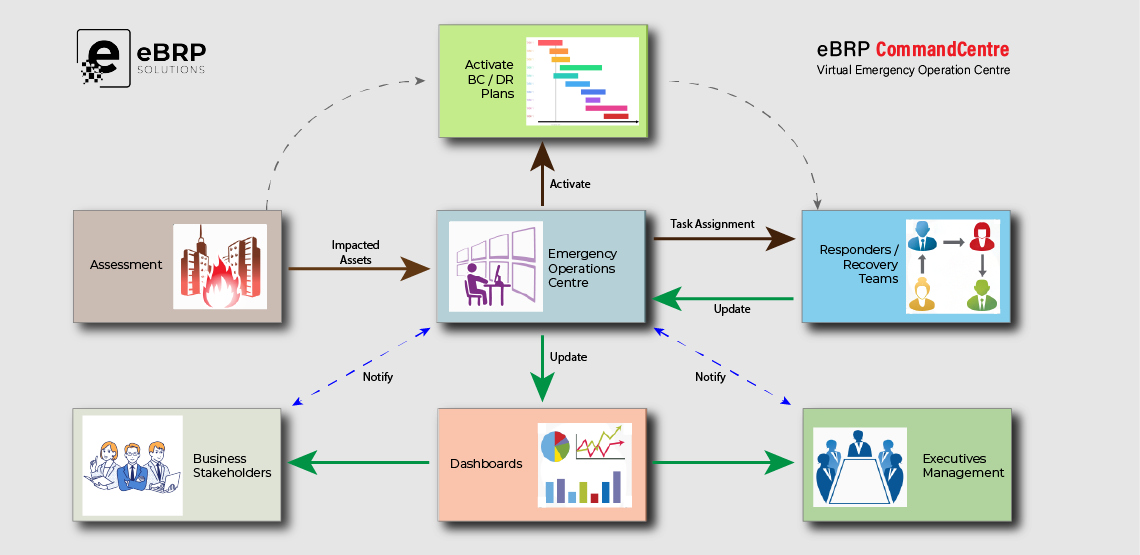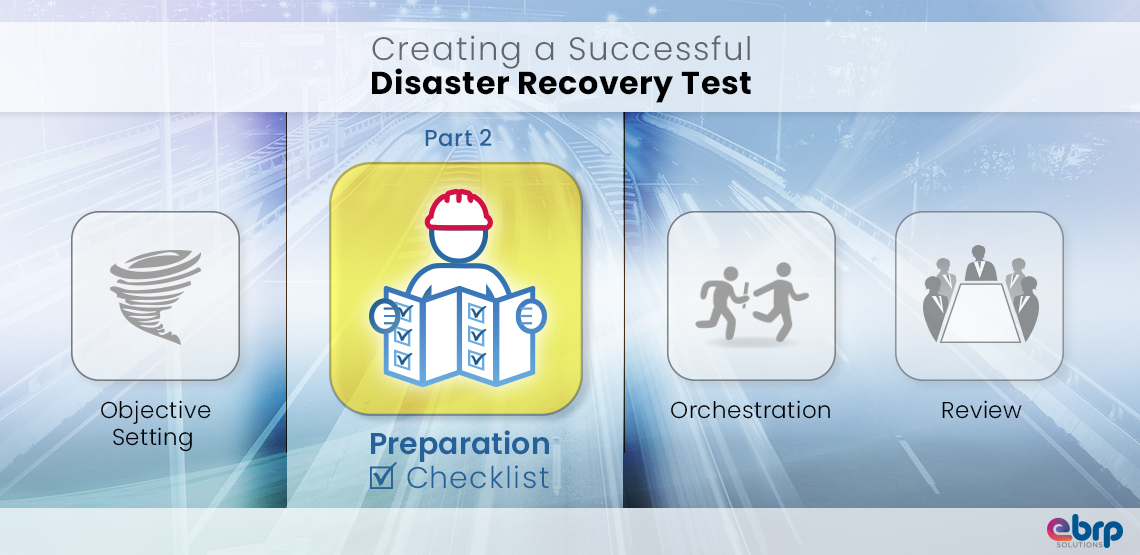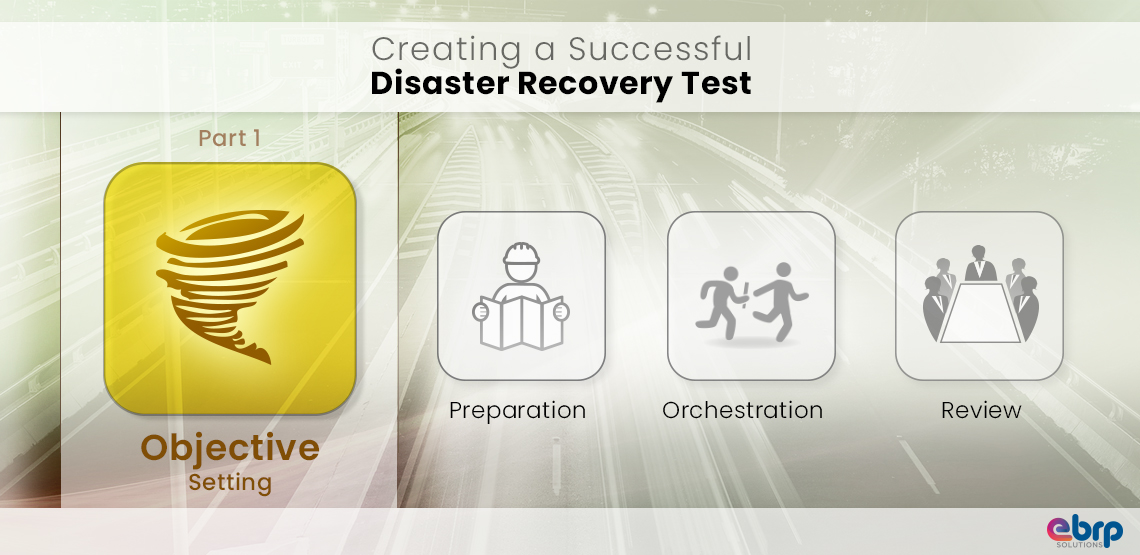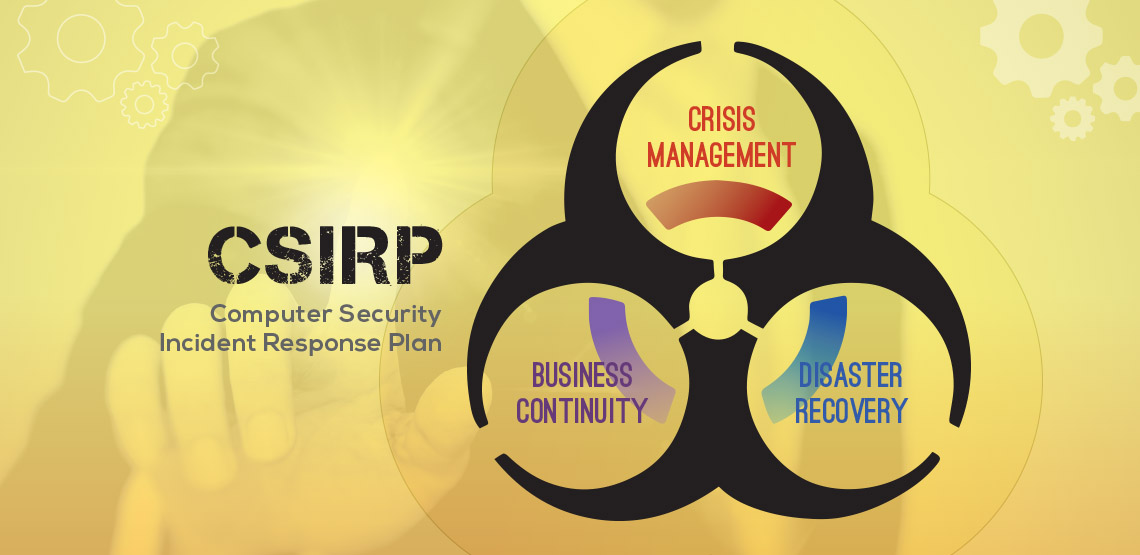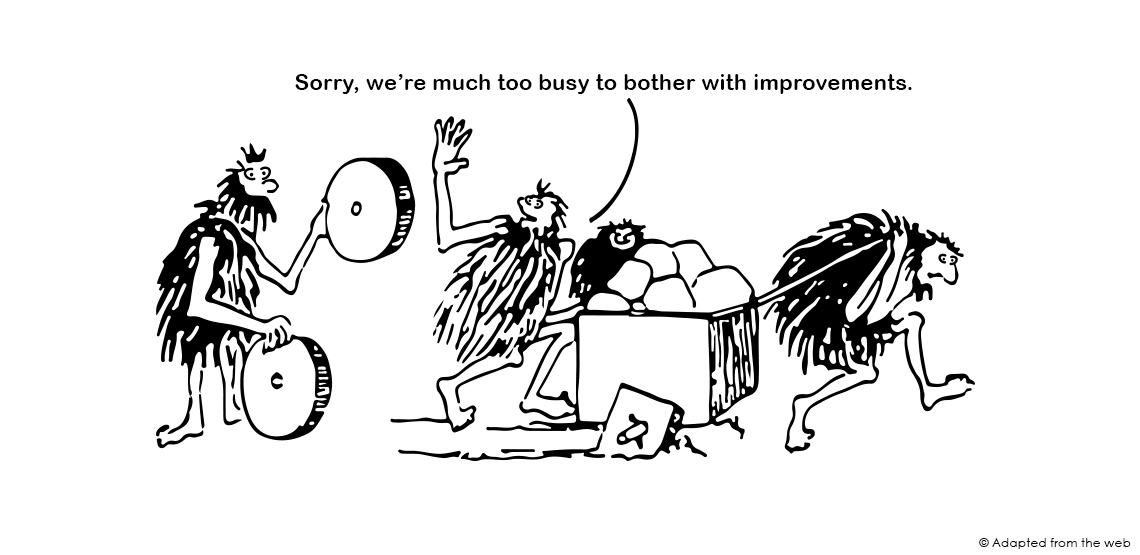For more than two decades, products, services and generally accepted practices have been in a nearly constant state of change. Gone are telegrams, analog phones, mid-range computers, pagers, secretaries, and standing in line to get a boarding pass. Yet some still cling to technologies, products and practices long after their value has been leap-frogged.
Why do we continue to follow? Nostalgia, stubbornness, fear of change – or failure to recognize when something no longer works (and perhaps never did). Or maybe we continue down the same path simply because ‘that’s the way we’ve always done it’. We keep on, hoping for positive outcomes that never arrive.
The Business Continuity industry has developed its own set of Myths: Things we’ve been lead to believe are true, but really aren’t. In this series of articles, eBRP examines five Business Continuity Management Myths that still have plenty of traction (including one relatively new myth):
The Myth of RTO
Every year’s BIA is used to determine Recovery Time Objectives for Business Process. And every year the answers are different. Have you ever stopped to wonder if it’s the BIA that’s at fault? Maybe it is – or maybe it’s just that calculating accurate (or useful) RTO’s from BIA surveys is a Myth…Read more
The Myth of the Cloud as a Replacement for DR Planning
Everywhere you turn, the Cloud is heralded at the savior of Disaster Recovery. Some even claim DR is ‘dead’: just back up your data in the Cloud and you’ll never need to worry about DR again! Really? Set-it-and-forget-it DR in the Cloud is a Myth…Read more
The Myth of Departmental Plans
Your company is organized by Departments. It must make sense to develop Business Continuity Plans by Department too. Or does it? A Department is a collection of business processes with different priorities, resources and recovery needs. The viability of Departmental BCP’s is a Myth…Read more
The Myth of Estimating Resource-Over-Time
Spend countless hours collating BIA results to produce a spreadsheet of Resources that will be required days – and weeks – after a business disruption. What do you have? Not much – except wasted time and effort. The value of collecting required Resources-over-Time is a Myth…Read more
The Myth of Outsourcing BCM
Outsourcing is intended to save money. But outsourcing BCM – whether for IT of Business – may save cash, but it’s more likely to deliver new risks, unanticipated hassles and diminished control. Saving anything by outsourcing BCM is a Myth…Read more
You may not agree. You may not agree that all of these are Myths. But ask yourself this question: Are the results of these practices really what I expect – or what I’ve been told to expect? If you can’t answer with an emphatic yes, you might be relying on a Myth…



